An island that couldnʼt be more island. Accessible but not completely, popular and crowded in the summer but also far from everything and the clamor of summer.
Ponza is immersed in the Tyrrhenian Sea, small (just 7.5 sq km) yet large, the largest of the Pontine archipelago, which it embraces like the main crater of a great volcanic cone, which in fact is the complex of islands, stacks and rocks that embellish every glance thrown on the coves and cliffs that flow into the sea.

Ponza, loved by Romans and contemporaries
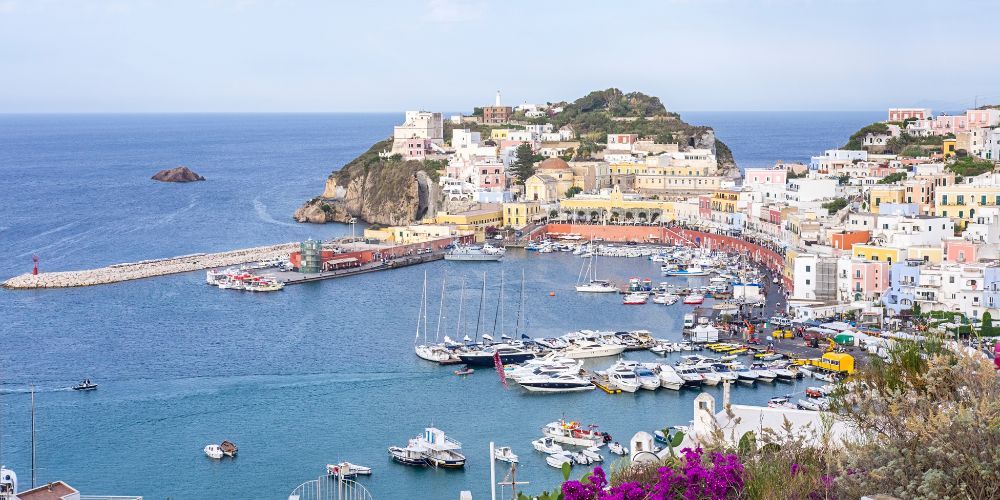
Loved by Romans and contemporaries ‒ The wild beauty of Ponza and its archipelago has always enchanted its visitors, the ancient Romans as well as the Benedictine monks in the Middle Ages and then the Bourbons. In order to stay there, the first ones built fresh water cisterns (the island is poor in them) and fishponds to raise lobsters and moray eels; the Benedictines built monasteries in Ponza and Zannone, but the revival was due to Charles III of Bourbon, who repopulated Ponza in the 18th century with families from Ischia and Stabia, thus making us forget the Saracen raids that had destroyed the island over the centuries.
Folco Quilici also loved it, who began diving in Palmarola and described "the crystal of the waters that reflected the shadows and lights of rocks of fantastic shapes". Palmarola is also loved by fishermen who appreciate the generosity of the Secca di Mezzogiorno, which still today offers lobsters, groupers and moray eels, but also tuna and blue sharks. But in Zannone, instead, people remember the libertine and decadent nobility, who until the 1970s - when it was the private property of the Casati Stampa family - organized parties and hunting trips there. Further away is Ventotene, just halfway between Ponza and Ischia, which with nearby Santo Stefano deserves a visit all by itself.
Ponza: how to get there
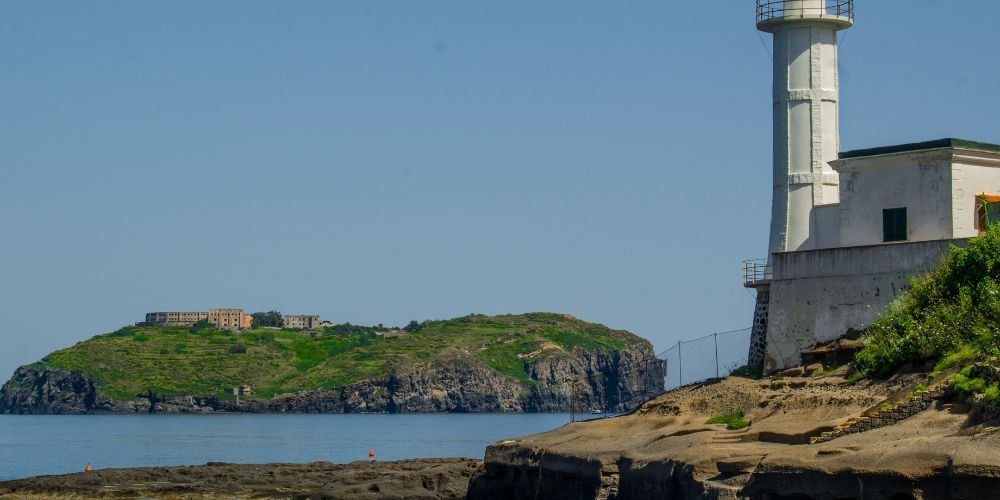
Ponza, together with Ventotene, is the only island inhabited all year round, but to reach it you have to distinguish between the summer and the cold seasons. The Laziomar and Libera Navigazione del Golfo ferries connect the island from Formia and Terracina all year round, it takes about two and a half hours, but in the summer the hydrofoils become fully operational, taking 70/75 minutes, and then other embarkation ports are added: Anzio, San Felice Circeo and from Naples the Snav fast ships.
The town that gravitates around the port of Ponza is also strategic, most of the hotels, guest houses and b&bs are concentrated there and it is ideal for starting to explore the island both towards the south and west of the renowned Chiaia di Luna and towards the north of the most wild. Also near the port, in via Carlo Pisacane, there is the "Barcaioli Ponzesi" cooperative for organized sea trips, but there is no shortage of competition.
Ponza and its surroundings to the east and south

Bikes and scooters are the most practical way to get around the island and there is no shortage of places to hire these vehicles, but Ponza is also suitable for visits on foot. From the port it is possible to reach some of the most characteristic historical garrisons in a few minutes' walk, such as Punta della Madonna towards the east. Here there are - in addition to the beautiful view - the remains of the Roman villa and the Cisterna della Parata, but you can visit other tanks such as the Grotta del Serpente and della Dragonara which supplied the patrician villas of the Roman era with drinking water. The Grotte di Pilato, immersed in a crystal green sea, can only be reached by sea. These are fish ponds dug into the rock by the ancient Romans, who mostly bred moray eels and lobsters.
Descending from Ponza towards the south, you arrive at the beach of Bagno Vecchio, which is unusable today, but the excursion is worth the price for the Roman necropolis that you come across along the way and the Church of the Madonna della Civita, which overlooks the stacks of Calzone Muto. It is here that the highest peak of Ponza, Monte Guardia at 280 meters, and the lighthouse of Punta della Guardia at the extreme south of the island are located.
Chiaia di Luna and Capo Bianco

Itʼs the most famous beach of Ponza, unfortunately not accessible for many years. Chiaia di Luna is the clear example of how much the Romans loved the island, because to access it they built a tunnel in the tuff (they built four in all) to connect the main landing place of Ponza to the beach, which turns silver shortly before sunset thanks to the reflection of the cliff white in the turquoise sea.
Today it can only be reached by sea, as Capo Bianco further north and, continuing further north, to the evocative Faraglioni di Lucia Rosa, which owe their name to the sad fate of the girl who threw herself into the sea for love in the 19th century. Lucia Rosa beach is not very accessible but offers a wonderful view of Palmarola and, today, lends itself perfectly to snorkelling and to visit an ancient Roman wreck, but Ponza is full of sunken ships, even in the last two world wars.
Frontone and other eastern beaches

Frontone and other eastern beaches ‒ Let's go back east and go up from Ponza towards the village of Santa Maria, one of the most beautiful on the island and where it is possible to rent boats and dinghies or book an offshore trip. The first beach you find is that of Frontone, one of the most popular because you can reach it from land, it is suitable for everyone and in the evening it becomes the beating heart of the nightlife.
An ancient Bourbon fortress separates this beach from Cala del Core ‒ a name that derives from a heart-shaped drawing on the rock ‒ reachable, however, only by sea, and at this point a possible boat trip is worth a visit to the Arch known as the parish priest and the Grotta del Core (or of the Emerald). A mention of sunsets, because you have to know, since these landings are on the eastern part of the island, "go down" the sun already in mid-afternoon.
From Le Forna to Punta d'Incenso
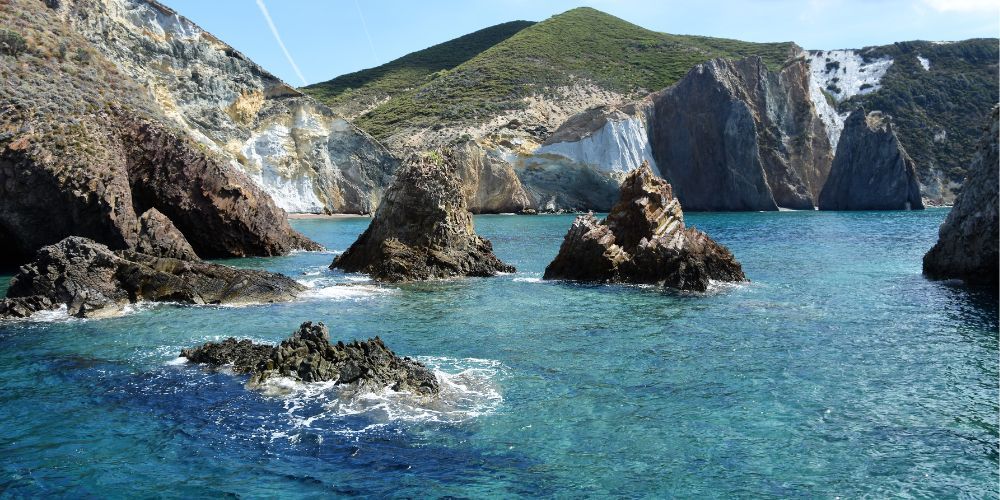
North of Ponza, from Le Forna to Punta d'Incenso ‒ Going up towards the north of the island, you come to the village of Le Forna, at a point where the territory narrows before heading towards the extreme north of Punta d'Incenso. From Le Forna it is possible to go down to Cala Feola, the only sandy beach which can also be reached by land, but be careful that there are so many steps. It is organized, with bar and restaurant services and is worth a visit like the contiguous natural pools. Further on you find Cala dell'Acqua, a name that comes from one of the few springs on the island and, not surprisingly, the construction of the desalination plant is planned here. After the fort of Punta Papa there are other impervious coves, such as Cala Cavone and Cala Cecata, the first can be reached after a hundred steps and the second after a steep path.
East of Le Forna there is instead the wilder Cala d'Inferno, with the Natural Arch and the rock of Aniello Antonio (yes, it was private!) and then Cala Gaetano, a paradise for diving. Here there is also a beautiful pebble beach, as long as you are willing to go down (and up) more than 300 steps! The northernmost point of Ponza is then Cala Felce, characterized by the presence of sulfur stones, with the inevitable offshore rocks and, from Punta dell'Incenso, the splendid view of the little island of Gavi, just 120 meters away.
What you can do and what you can see
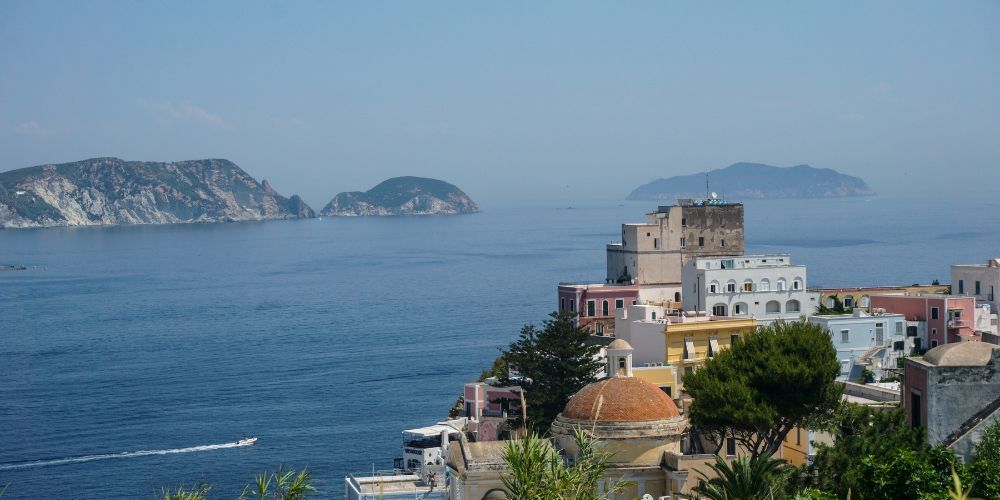
With about 40 kilometers of coastline, Ponza offers its visitors a lot of sea, but you would be wrong to think that the offer includes everything in the sun and relax. On the contrary, the often inaccessible coves and the sun that takes refuge behind the mountains early in the afternoon have made it possible to exploit the sea above all for a series of activities and sports, from scuba diving to sport fishing to snorkelling, from canoeing to boating. As soon as you get off the port, you immediately come across the Odyssey in via Parata and the Ponza Diving Center in via Banchina for diving.
But it's not just the seabed that attracts the more sporty. The typically Mediterranean vegetation, with a prevalence of agaves, prickly pears and brooms, embraces the many paths and hikers and mountain bike enthusiasts have various opportunities to discover the most remote corners of the island. Then, from the first to the 5th of July, the running circuit runs along the via Panoramica which overlooks Chiaia di Luna.
Among the things to see, the first appointment is due to the church of San Silverio, dedicated to the Christian patron and martyr and for whose festival - June 20th - Ponza organizes a three-day fair with shows, events and a procession by land and by sea. But the Ponzese tradition foresees that San Silverio doubles its feast on the last Sunday of February, due to the old custom of allowing the island's fishermen to participate before embarking for Sardinia, where they migrated for work during the summer season. Also worth seeing is the church of San Giuseppe, but the most beautiful is Madonna della Civita along the road that leads to Bagno Vecchio, and there is a festival not to be missed for her too, on 21 July. In Le Forna everything gravitates around the church of SS. Maria Assunta in Cielo, which enriches the Ponza mid-August with events.
The cuisine of Ponza
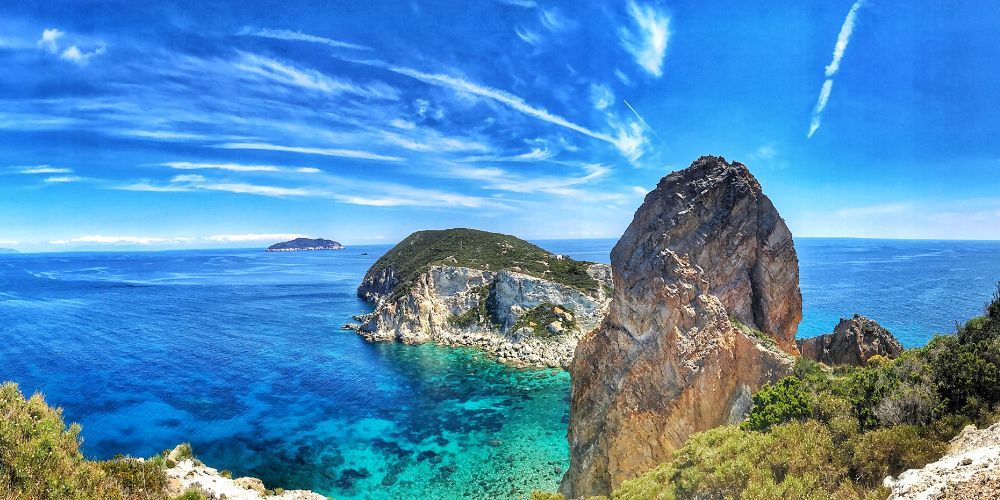
As the cuisine of fishermen and farmers, Ponza can be taken as a model of the traditional "poor cuisine", which uses, preserves and exchanges the products that the sea and land give to the skilled hands of the island's workers and housewives. In recent times, however, it has been able to innovate, offering tourists a variety of dishes that combine the traditions of Campania and Lazio. To talk about Pontine cuisine, we need to start with legumes, served in soups and for centuries they have constituted the reserve of proteins during the winter months. The most typical dishes are the cicerchie soup, the broad beans boiled with onion and wine, the lentils with pettola (a simple sheet of water, flour and salt). Rabbit in tomato sauce is a typical dish but clearly of Ischia origin, however that same sauce is the basis of many fish preparations today.
Typical is the casatiello, but sweet and not salty as in the Neapolitan tradition, and in Ponza there is also a competition on the best result of its Easter cake. We enter modernity with prickly pear parmigiana, an absolute novelty in the panorama of "parmigiana" dishes. You can accompany it by local wines: Biancolella, Forastera, Pedirosso and Vernaccia, products of the "Antiche Cantine Migliaccio".
About the author
Written on 09/06/2023

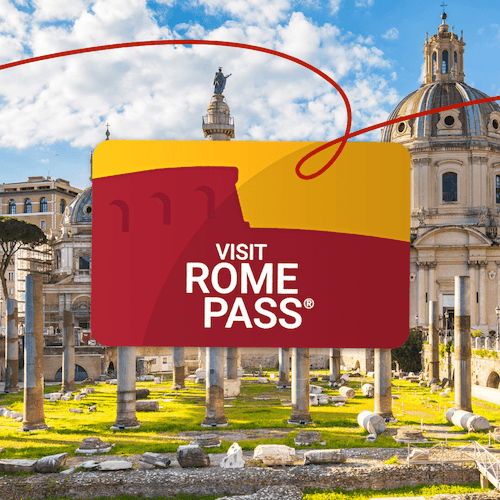
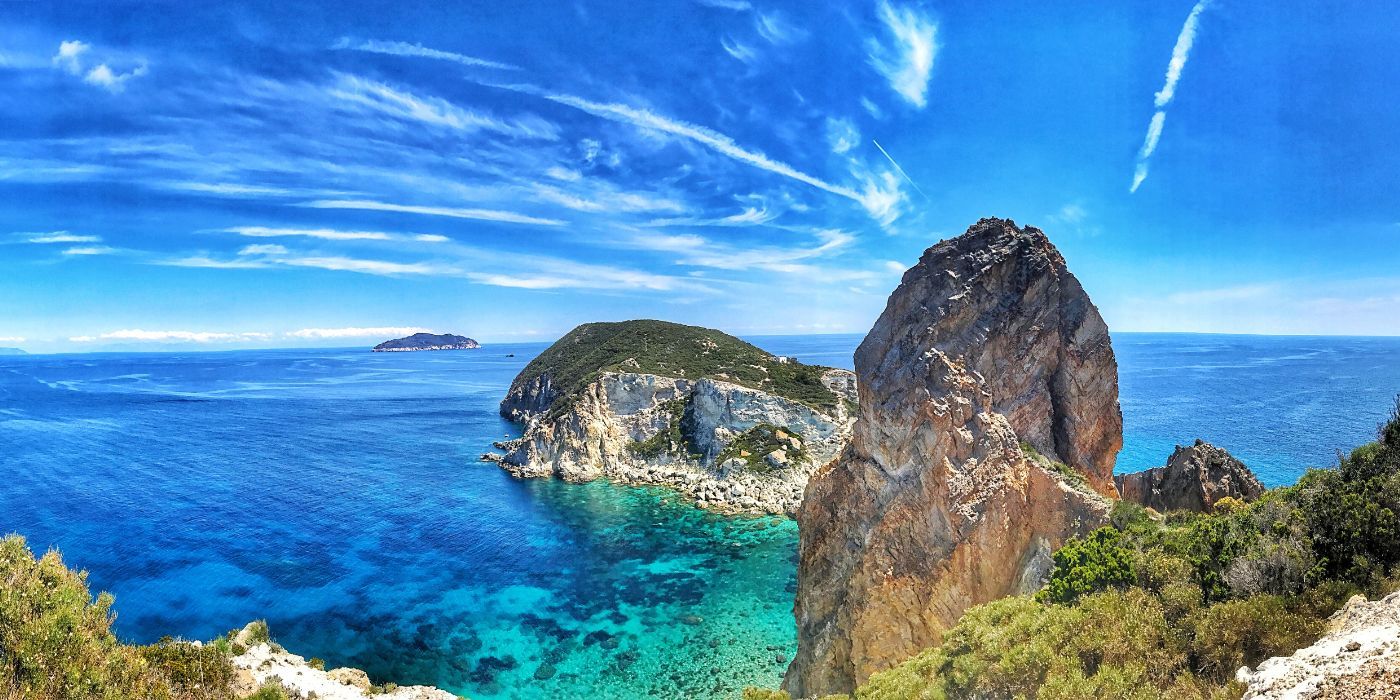

Antonio Angione
Ponza: suspended between the sea and the moon, clear waters and breathtaking views, all the charm of a beautiful and fragile island. Come with us.